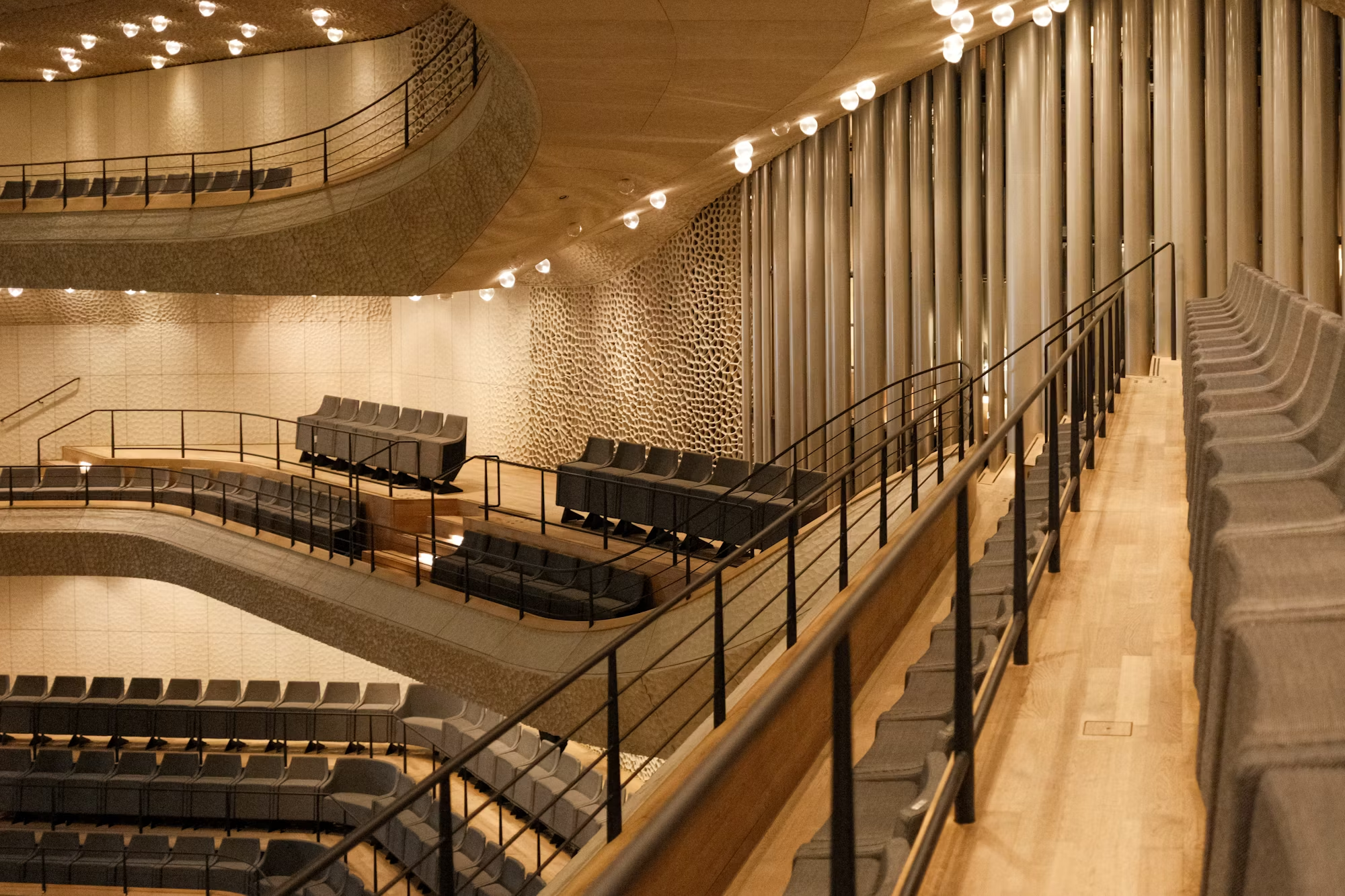Collaboration in music is not just a trend; it is a fundamental aspect of the industry that drives innovation and creativity. From songwriters and producers to performers and visual artists, the synergy of various talents has led to some of the most memorable and impactful works in music history. This article delves into the art of collaboration within the music industry, examining how partnerships enhance creativity, broaden audiences, and push artistic boundaries.
One of the most significant benefits of collaboration is the fusion of different styles and genres. When artists from varied backgrounds come together, they bring unique influences that can result in groundbreaking sounds. For example, the collaboration between Jay-Z and Linkin Park on the “Collision Course” EP merged hip-hop with rock, appealing to a diverse audience and creating a new genre blend. This successful partnership demonstrated how artists could break traditional barriers and create something innovative by combining their strengths.
Moreover, collaborations often lead to unexpected creative outcomes. The process of working with others encourages artists to step out of their comfort zones and experiment with new ideas. When Lady Gaga teamed up with Tony Bennett for the album “Cheek to Cheek,” the pop icon embraced jazz—a genre she had not extensively explored before. The result was a fresh take on classic standards that showcased both artists’ talents, proving that collaboration can lead to unique artistic expressions.
In addition to fostering creativity, collaborations can significantly broaden an artist’s reach. By partnering with other musicians, artists tap into each other’s fan bases, exposing their music to new audiences. This is particularly evident in the world of hip-hop, where features are a common practice. A collaboration between an established artist and a rising star can catapult the latter into the spotlight, as seen when Drake featured newcomers like Lil Wayne and Nicki Minaj on his tracks. These partnerships not only benefit the featured artists but also enrich the music landscape, introducing listeners to fresh talent.
Furthermore, collaborations can enhance the emotional depth of a song. When multiple artists contribute to a project, their diverse perspectives can bring a richer narrative to the music. For instance, the collaboration between John Legend and Common on “Glory” highlighted social justice issues while blending their distinct styles. The song, featured in the film “Selma,” resonated deeply with audiences, emphasizing the power of collaboration in conveying meaningful messages through music.
In the age of digital technology, the landscape of collaboration has transformed dramatically. Artists no longer need to be in the same physical space to create music together. With the rise of online platforms and digital audio workstations, musicians can collaborate across continents, bringing together a global pool of talent. This has led to unique cross-cultural partnerships that might not have been possible before. For example, the electronic music scene has seen collaborations between artists from different countries, leading to innovative fusions of sounds that celebrate cultural diversity.
The impact of collaboration is not limited to musical partnerships alone; it extends to visual artists, filmmakers, and producers. Music videos have become an essential part of an artist’s identity, and collaborating with visual artists can enhance the overall experience of a song. When Beyoncé worked with director Melina Matsoukas for the music video of “Formation,” the visuals complemented the powerful message of the song, creating a memorable cultural moment that resonated with viewers.
Moreover, collaboration can also extend to the songwriting process. Many successful songs are the result of teams of songwriters working together, each contributing their unique skills and perspectives. This collaborative writing approach allows artists to craft songs that resonate with a broader audience. The songwriting team of Max Martin and Shellback, for instance, has produced numerous chart-topping hits, showcasing how collaboration in songwriting can lead to commercial success.
The music industry is also witnessing the rise of collaborative projects that bring together various artists for a common cause. Initiatives like charity singles, where multiple artists come together to raise awareness or funds for social issues, highlight the power of collaboration in making a difference. Songs like “We Are the World” and “Do They Know It’s Christmas?” are prime examples of how artists can unite their voices for a greater purpose, inspiring listeners while showcasing the strength of collaboration.
In addition to the creative and commercial benefits, collaboration fosters community within the music industry. Working together allows artists to build relationships, share experiences, and support one another. These connections can lead to lasting friendships and professional partnerships, creating a sense of camaraderie among musicians. Festivals and collaborative concerts also celebrate this spirit of unity, bringing together artists from different genres to perform and create memorable experiences for fans.
However, collaboration is not without its challenges. Navigating creative differences and finding a shared vision can sometimes lead to conflicts. Effective communication and mutual respect are essential to ensure that all parties feel valued and heard. Artists must be open to feedback and willing to compromise, allowing the collaborative process to flourish. When approached with a positive mindset, these challenges can ultimately lead to stronger, more impactful works of art.
In conclusion, collaboration is an integral part of the music industry that enhances creativity, broadens audiences, and fosters community. The ability of artists to come together, share ideas, and create something unique is a testament to the power of music as a collaborative art form. As technology continues to evolve and the music landscape shifts, the possibilities for collaboration are limitless. By embracing collaboration, artists can push the boundaries of their creativity, connect with new audiences, and contribute to a richer musical tapestry that celebrates diversity and innovation. The future of music is undoubtedly collaborative, and it is this spirit of cooperation that will continue to drive the industry forward.


